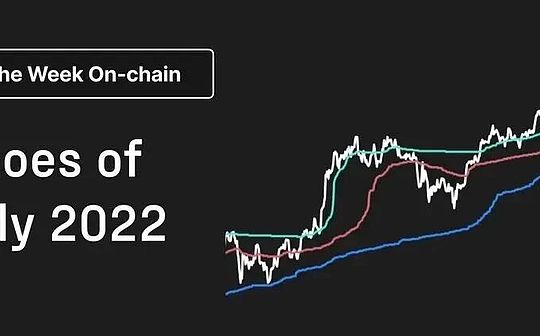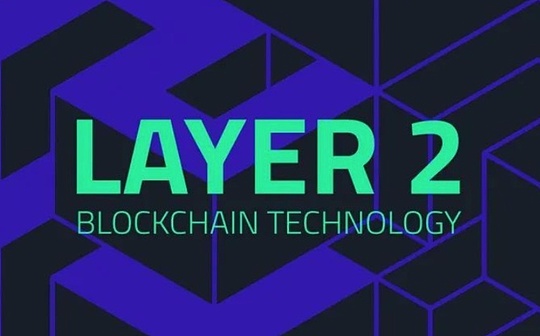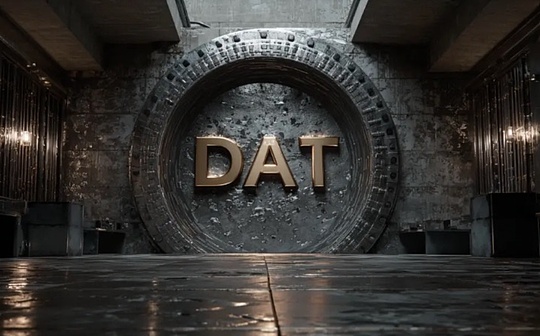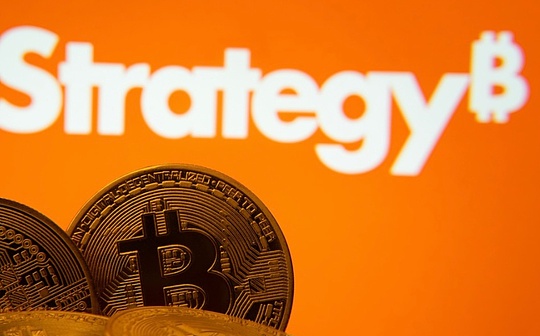
Author: Gerry Wang @ Arweave Oasis, the original first was first released on @Aarweaveoasis Twitter
The content of this article will continue to take the #arweave 17th edition of the white paperSection 4The “Agreement Agency” is interpreted.
How to calculate the total number of partitions from network parameters?
We can calculate the average hash value of each partition by calculating the SPOA source ratio observed.Suppose that in the past 1,000 blocks, there are N1 first -range spoa and N2 second -range spoa.This means that the average copy integrity is N2/N1. Therefore, the mining efficiency of each partition is:

With the above expression, we can accurately estimate the total number of partitions in the network.When the difficulty parameter is D, the expected value of the number of hash is given by the following:


Considering that the size of a partition is 3.6 TB, we can derive the deployment storage capacity of the network:

Optimize the incentive of data routes
For miners, this new incentive of this optimized data routing may spawn a competitive environment, which is similar to the situation of competing for Bitcoin miners to develop more efficient special mining machine hardware.This competition will promote the innovation of routing infrastructure and ultimately contribute to a more efficient and powerful distributed network.
Bandwidth sharing incentive
Arweave’s mining incentive mechanism on another derivative effect of storing replication is that the miners obtain the strong necessity of data in the network.This creates a variety of data access market models, including:
-
Karma and optimistic principles:The nodes in the Arweave network jointly participated in a bandwidth sharing game similar to BitTorrent.In this game, share data between nodes.In addition, nodes occasionally share data randomly, optimisticly looking forward to future returns.Each node maintains its own ranking, without reporting how these rankings are determined.Such a mechanism has achieved very significant success in data sharing platforms such as BitTorrent, and it once occupied about 27% of the world’s Internet traffic.
-
Increase of physical disk distribution:Node operators can directly purchase or sell physical disks that store Weave data in exchange for money or other forms of payment.For miners with limited bandwidth, a large amount of data required for running Arweave nodes may be a more desirable option.This transmission method bypasses the traditional packet filter and firewall.In fact, the download of the original data is indeed a threshold for many new miners to pass. As the number of data on the entire network increases, this form of data acquisition channels will be more convenient and efficient.
-
Payment agreement:Nodes can also participate in the agreement and market that allows them to pay when accessing data.PermaWeb Payment Protocol (P3) provides such a way to use a payment channel to motivate many services in Arweave (including simple data access).
Scalability
The average time of Arweave created block is about 2 minutes, and each block contains up to 1,000 transactions.This limit ensures that the verification and synchronization of the block remain at a very lightweight level, so that the entire network can be decentralized extensively.However, the limit of the number of transaction pens does not mean that any limit will be applied to the size or number of data stored in a given block, because Arweave uses a “bundling” mechanism.Binding is the entire network standard (standard number #ANS104) based on the core protocol, which is used to merge many different data entries into a single transaction.These data entries are equivalent to the top data storage transactions on the Internet, because when searching, the bundled transactions can be “unbundited” into its composition item.
Arweave’s maximum transaction size is 2^{256} -1 bytes, which can be divided into arbitrary data entries in potential recursive packaging.This allows the throughput of the network to expand without actual restrictions.This optimization is possible, because the data upload on Arweave has no parameterization -every byte on the Internet is part of the same global Merkel’s data set, and a shared storage fund)support.One of the elements in this design is the payment aggregation from a single data item to uploading and packed.Users can choose to merge their data items in a packing transaction, or completely transfer the payment to the chain, and a packing service provider combines its data items with other users’ data items.

In Arweave, all transactions are selected in 1,000 slots contained in each block according to their total value, because the containing fees earned by miners are proportional to the transaction fee.In the case of scarcity of block space, the packaging service is inspired to combine transactions in a recursive manner, increasing the scalability of the network.Therefore, no matter how many packagers and users can write data to the network within any given time, it will not lead to a block space auction mechanism like other blockchain.In addition, the competition between the packagers to build a larger transaction will put down the final cost of the user’s final cost.This is in stark contrast to other blockchain formation. Because of the fierce competition in limited block space, the cost that users need to pay are continuously increased, and eventually some users are forced to stop using the network because the cost is too high.

Users can also upload data through the packaging service provider under the chain. The advantage of this is that users can store payment for Arweave by any payment method supported by the package, while the packant uses AR to settle the packed data.As of now, through the packaging service, the Arweave network has supported at least 18 different payment methods.








